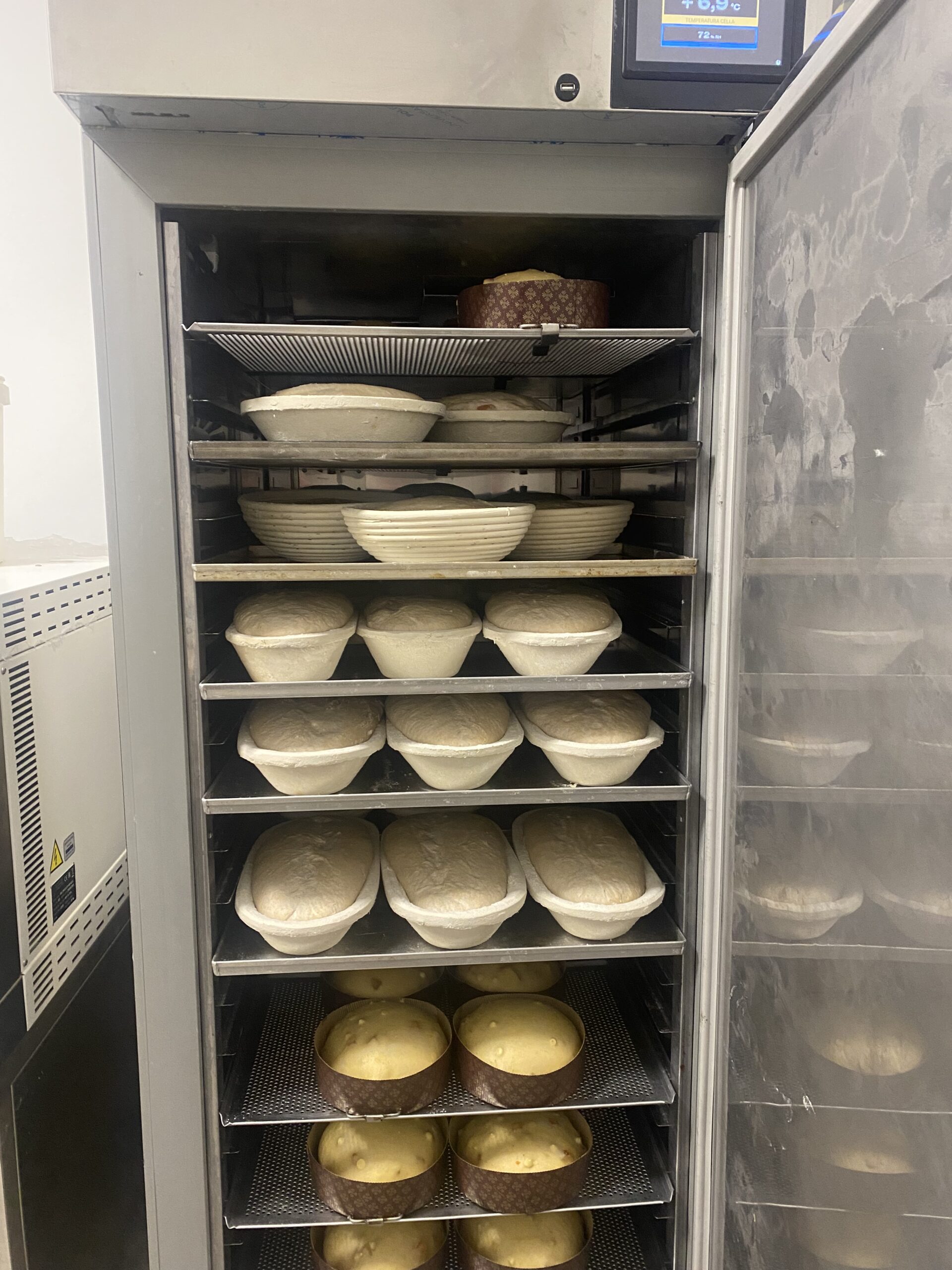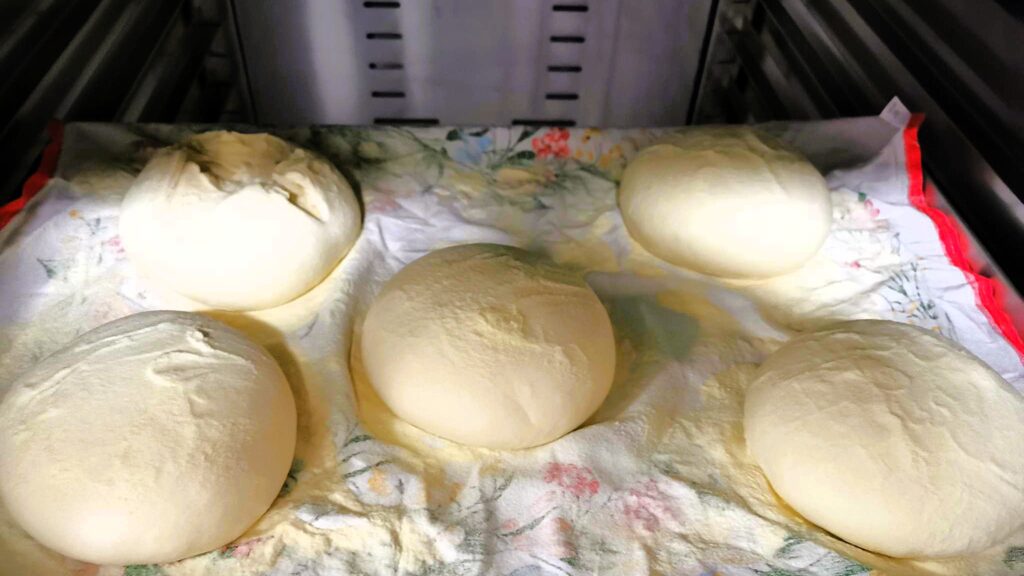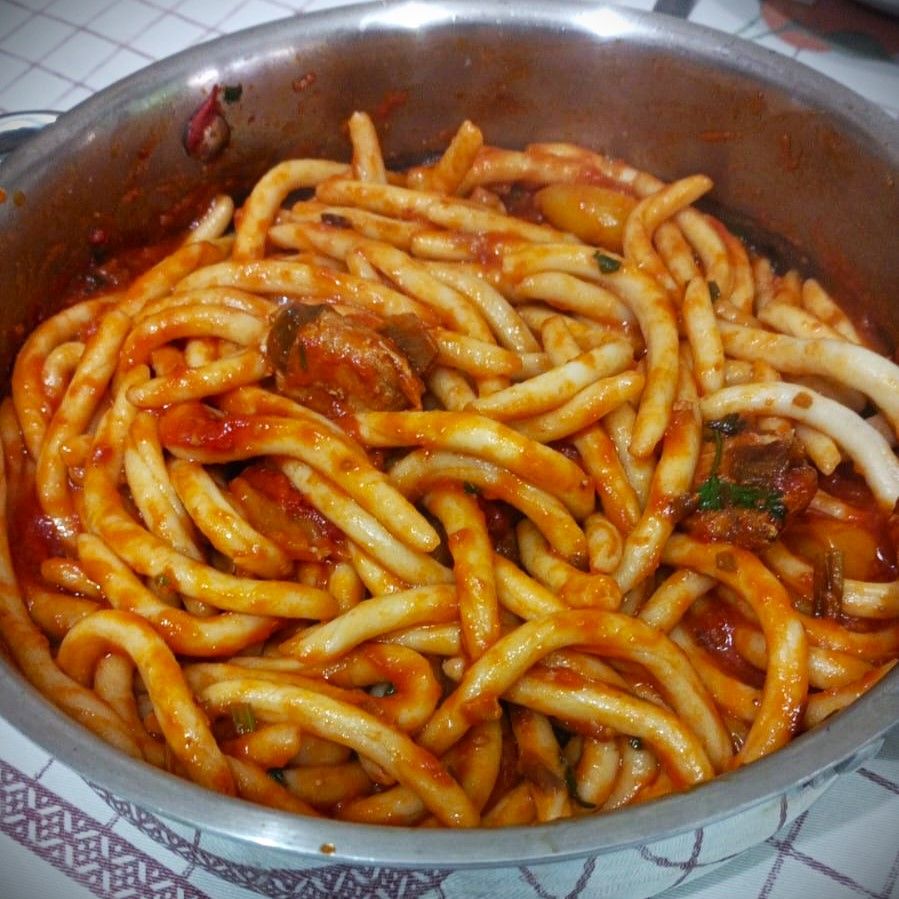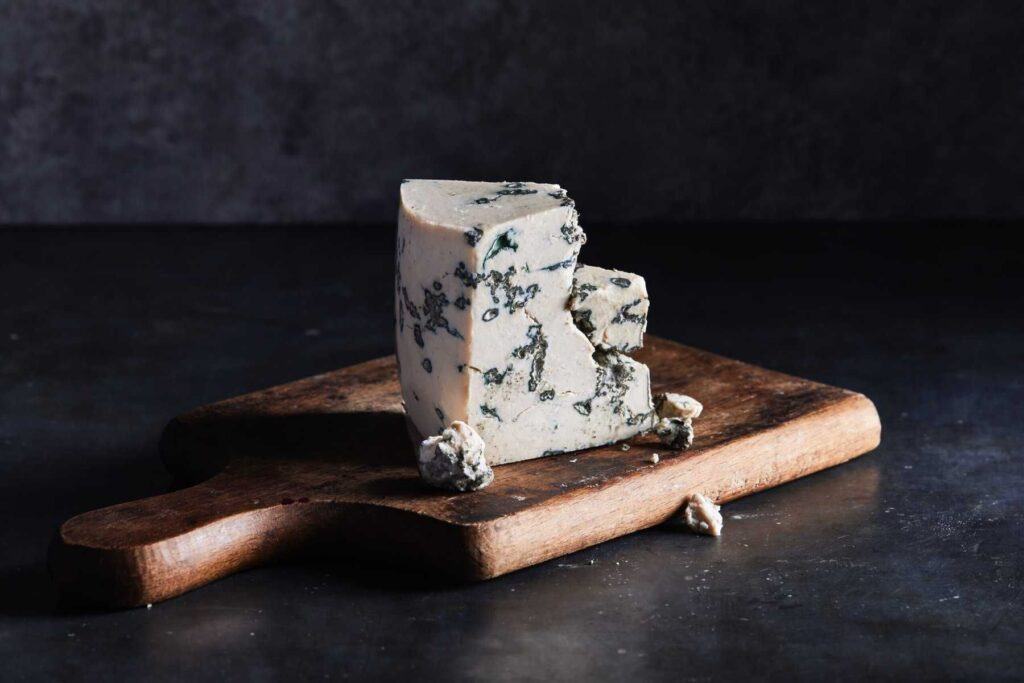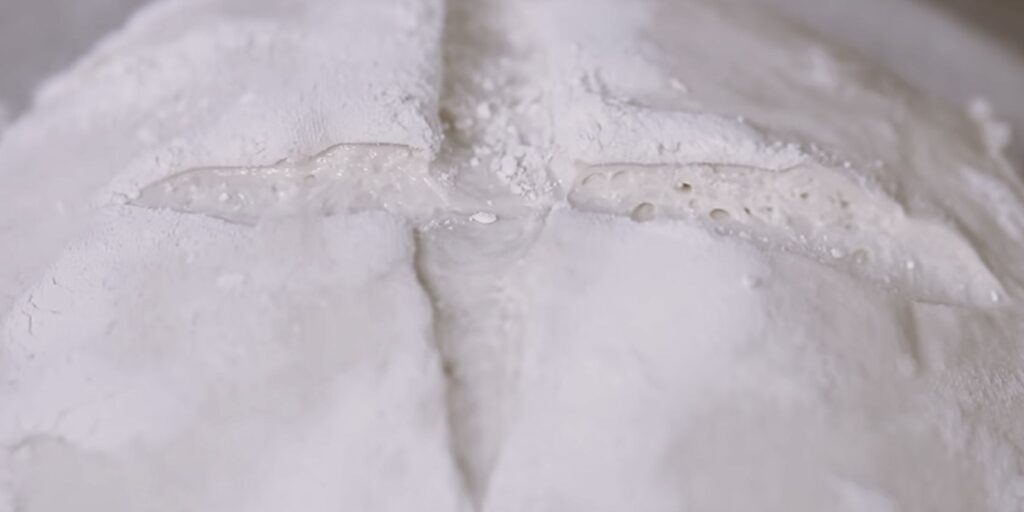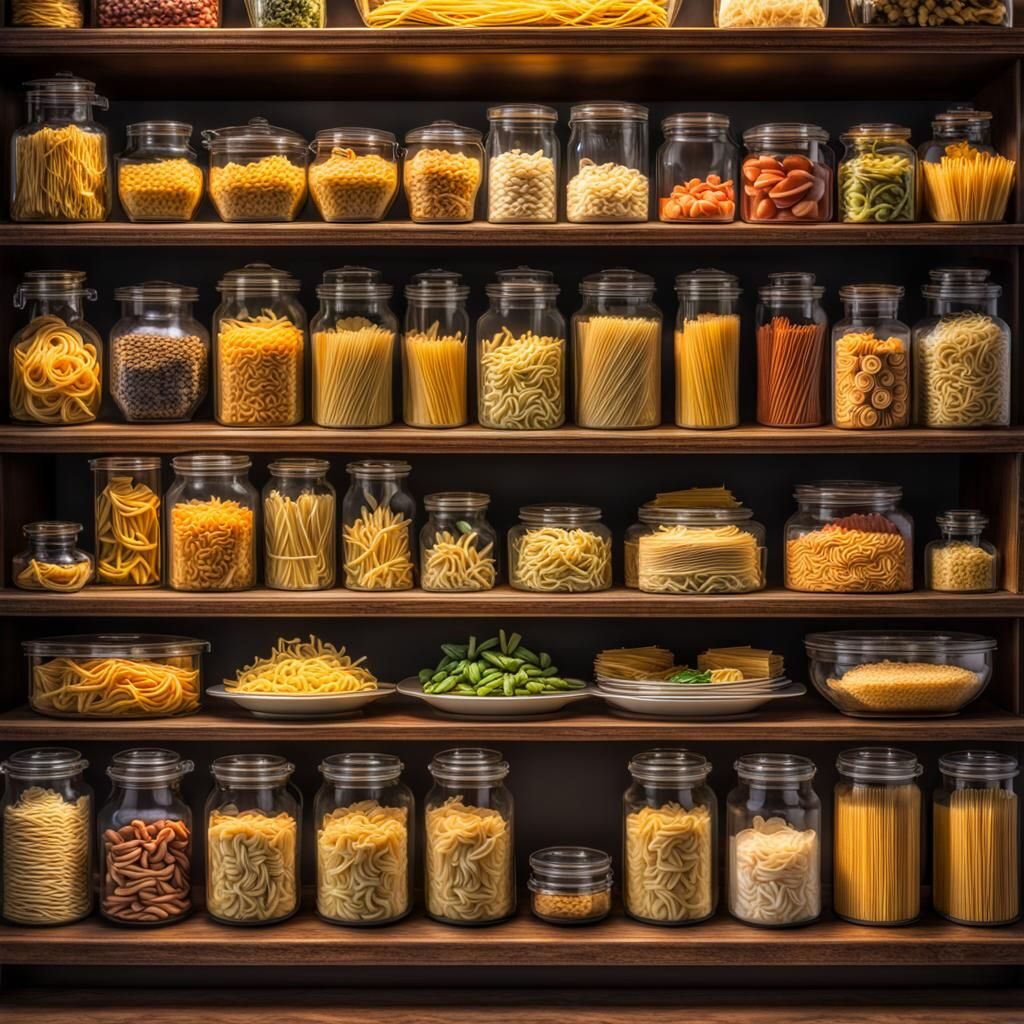Think of something that represents France. If not the first, at least the second or third thing will be the baguette.
And in fact, the typical French bread has been declared an intangible heritage of humanity by UNESCO, adding to other gastronomic celebrities such as borscht, kimchi, Belgian beer and Neapolitan pizza.
The baguette has a history which, just like those of almost all famous foods, is not easy to trace: who brings up Napoleon (who would have required the bakers to come out with a bread that was easy for the soldiers to carry around); others trace its origins back to an Austrian baker (August Zang) who ran a boulangerie in Paris in the mid-19th century.
In any case, we find the name baguette for the first time in an official document in 1920, which regulated that this kind of bread should be “5 or 6 cm wide and 3 or 4 cm high; about 65 centimetres long and weighing about 250 grams“.
However, the baguette is a simple bread, but it’s not…
It is made only of water, flour, yeast, salt and savoir-faire as the French bakers say.
In conclusion, I can’t provide you with the ingredients or the savoir-faire, but certainly, a retarder proofer from Inox Bim will help you to leaven your baguettes (or any bread you want), just like in the photo below, courtesy of our friend Pencho, of the bakery “Panaderia Oton” (Murcia, Spain).

 Italiano
Italiano
